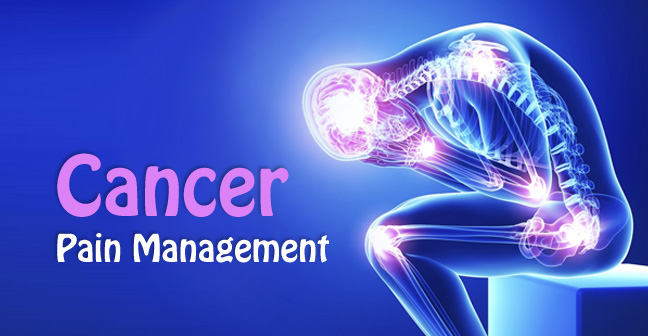Pain Specialities
Pain After Injury
Though we expect pain and discomfort following any serious physical injury, sometimes pain continues after the physical injury heals. This continuation of pain is called post-traumatic pain, which is typically the result of nerve damage. Any severe injury to the body is called “physical trauma.” It is not uncommon for a patient to experience persistent, severe pain without an apparent cause after the initial injury has healed. Post-traumatic pain is any pain that occurs after the healing of injuries from physical trauma.
What are the Symptoms of Post-Traumatic Pain?
- Continuous burning or throbbing pain, usually in an arm, hand, leg, or foot.
- Changes in skin temperature. The skin may appear sweaty and then become cold.
- Changes in skin color. The skin can appear white and mottled to red or blue.
- Changes in skin texture. The skin may become tender and sensitive to touch. It can be thin or shiny in the affected area.
- Changes in hair and nail growth.
- Decreased ability to move the affected body part.
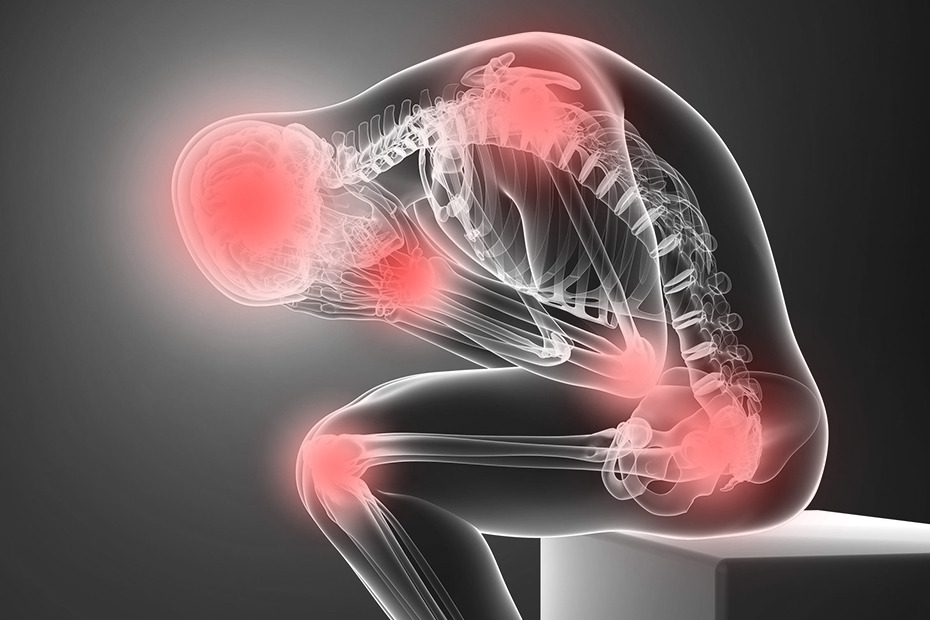
Chronic back and neck pain
Back pain can range from a mild, dull, annoying ache to persistent, severe, disabling pain. Pain in your back can limit your ability to move. It can interfere with normal functioning and quality of life. Always talk with your healthcare provider if you have persistent pain. Neck pain occurs in the area of the cervical vertebrae in your neck. Because of its location and range of motion, your neck is often left unprotected and at risk for injury.
Points
- Overuse, strenuous activity, or incorrect use, such as repetitive twisting or heavy lifting
- Trauma, injury, or fractures
- Breakdown of vertebrae, often caused by stresses on the muscles and ligaments that support your spine, or the effects of aging
- Infection
- Abnormal growth, such as a tumor or bone spur
- Obesity, which puts extra weight on your spine and pressure on your disks
- Poor muscle tone or muscle weakness in the back and belly (abdomen)
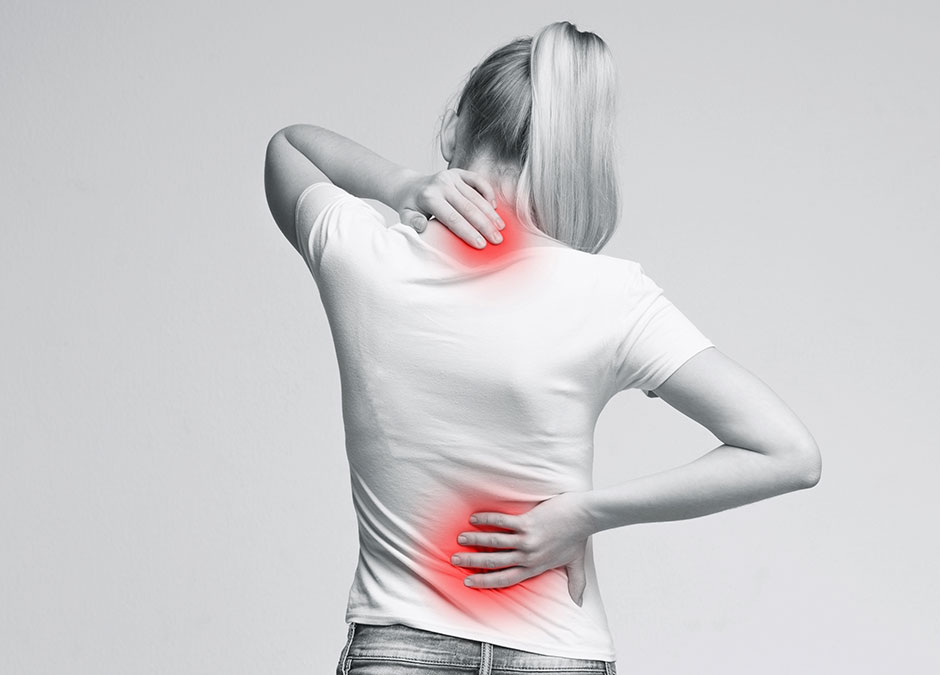
Chronic headaches
A patient who has headaches as many days as not — at least 15 days per month — is said to have chronic daily headache (CDH). Not a specific type of headache, CDH is rather a descriptive term applied to any number of headache types.
Headaches that can occur on a daily or near daily basis include:
- Cluster
- Hemicrania continua
- Idiopathic intracranial hypotension
- Migraine
- Mixture of types (most commonly migraine and tension)

Fibromyalgia
Fibromyalgia is a disorder characterized by widespread musculoskeletal pain accompanied by fatigue, sleep, memory and mood issues. Researchers believe that fibromyalgia amplifies painful sensations by affecting the way your brain and spinal cord process painful and nonpainful signals. Symptoms often begin after an event, such as physical trauma, surgery, infection or significant psychological stress. In other cases, symptoms gradually accumulate over time with no single triggering event.
Symptoms
- Widespread pain
- Fatigue
- Cognitive difficulties
- Irritable bowel syndrome
- Chronic fatigue syndrome

Herniated disc
A herniated disk refers to a problem with one of the rubbery cushions, called disks, that sit between the bones that stack to make the spine. These bones are called vertebrae. A spinal disk has a soft, jellylike center called a nucleus. The nucleus is encased in a tougher, rubbery exterior, known as the annulus. A herniated disk occurs when some of the nucleus pushes out through a tear in the annulus. A herniated disk is sometimes called a slipped disk or a ruptured disk.
Symptoms
- Arm or leg pain
- Numbness or tingling
- Weakness
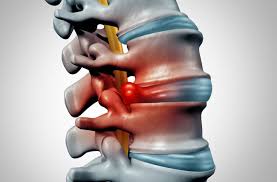
ARTHRITIS
Arthritis is extremely common, especially in people older than 50. It causes joint pain, stiffness and inflammation. we will help you understand which type of arthritis you have, what’s causing it and which treatments you’ll need. You may need a joint replacement if you have severe arthritis that you can’t manage with other treatments.
Arthritis can affect any joint, but is most common in people’s:
- Hands and wrists.
- Knees
- Hips
- Feet and Ankles
- Shoulders
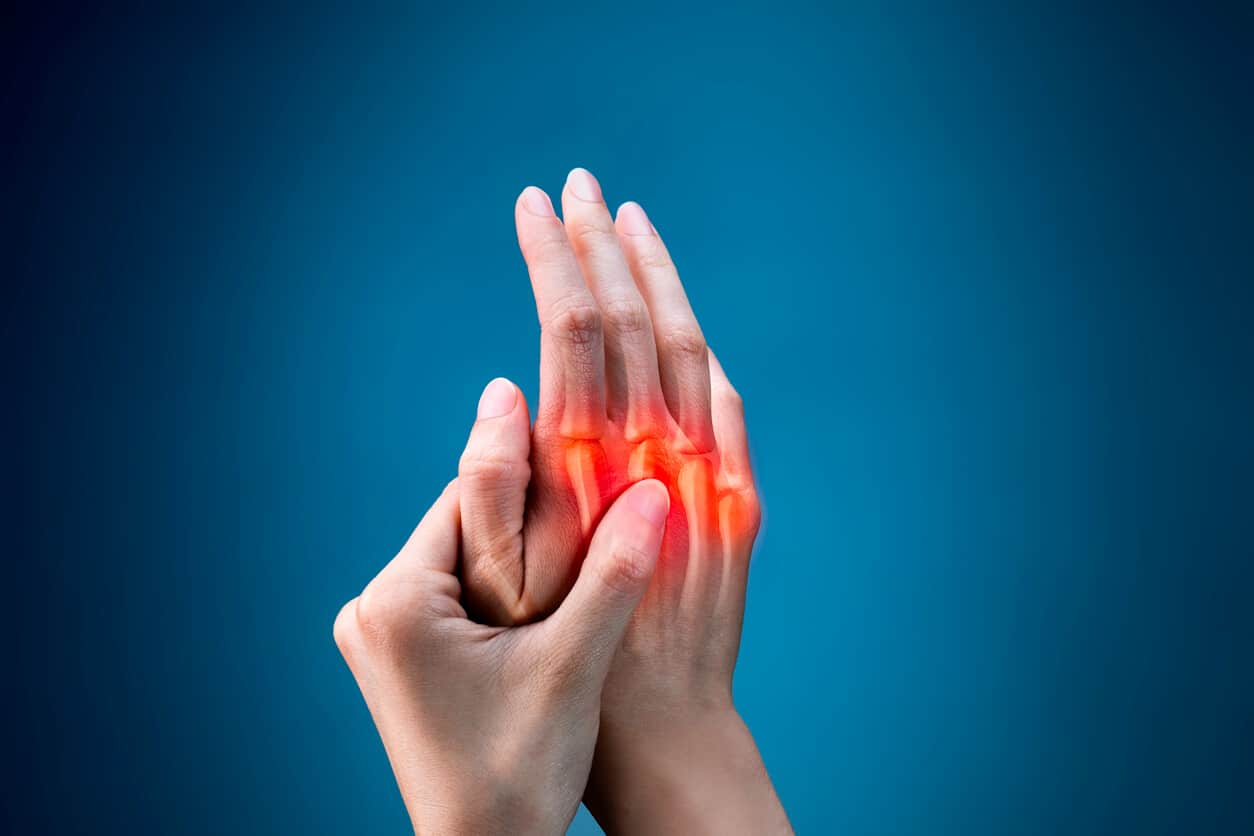
Neuropathy
Peripheral neuropathy refers to any condition that affects the nerves outside your brain or spinal cord. This can happen for several reasons, from trauma to infections to inherited conditions. There are also many possible symptoms. Many causes, forms or symptoms of this condition are treatable, but this can vary widely from person to person.
Symptoms and Causes
- Motor
- Sensory and pain.
- Autonomic
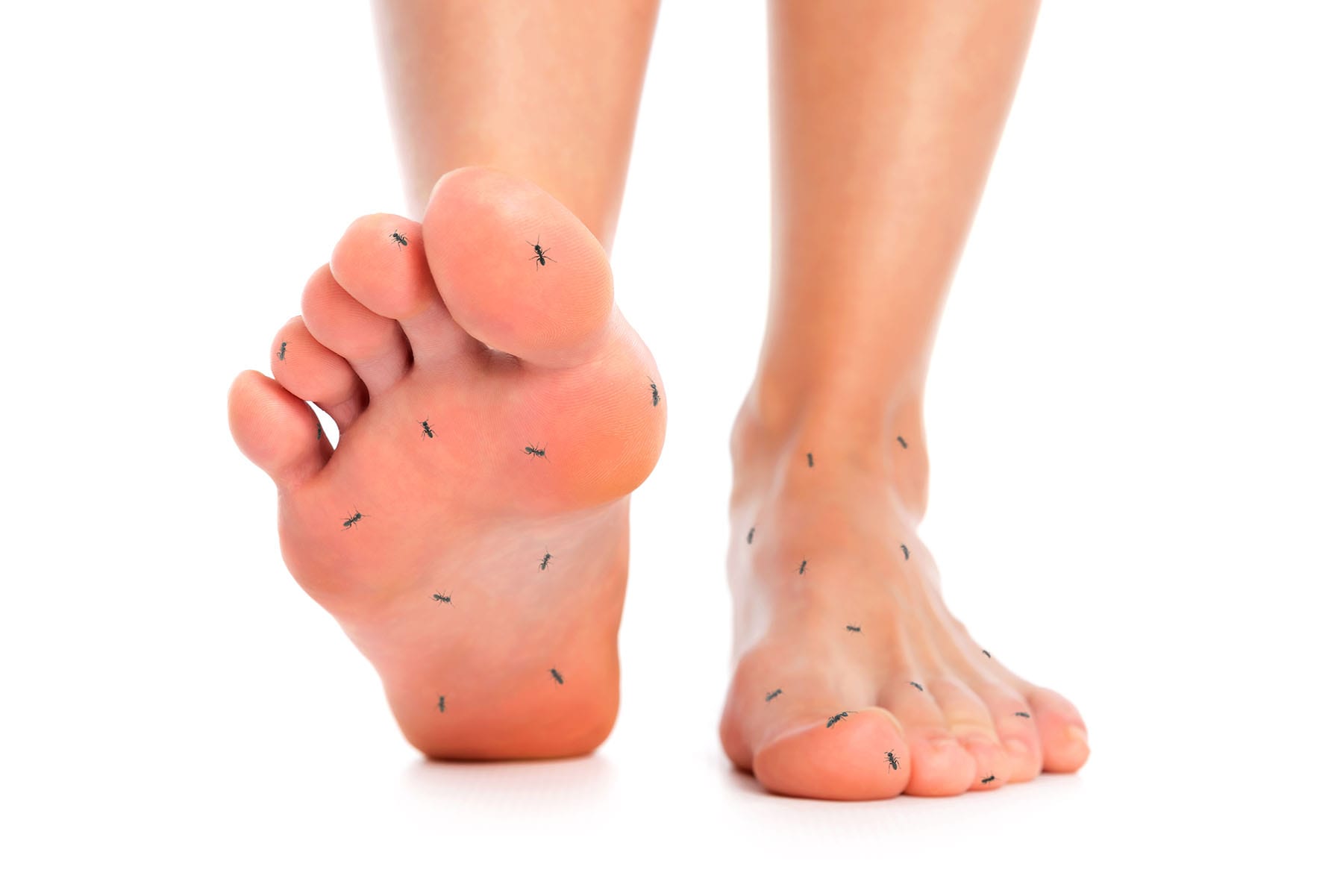
Pain after back or neck surgery
Lorem ipsum dolor sit amet, consectetur adipiscing elit, sed do eiusmod tempor incididunt ut labore et dolore magna aliqua. Quis ipsum
suspendisse ultrices gravida. Risus commodo viverra maecenas accumsan lacus vel facilisis.
Lorem ipsum dolor sit amet, consectetur adipiscing elit, sed do eiusmod tempor incididunt ut labore et dolore magna aliqua. Quis ipsum
suspendisse ultrices gravida. Risus commodo viverra maecenas accumsan lacus vel facilisis.
Lorem ipsum dolor sit amet, consectetur adipiscing elit, sed do eiusmod tempor incididunt ut labore et dolore magna aliqua. Quis ipsum
suspendisse ultrices gravida. Risus commodo viverra maecenas accumsan lacus vel facilisis.
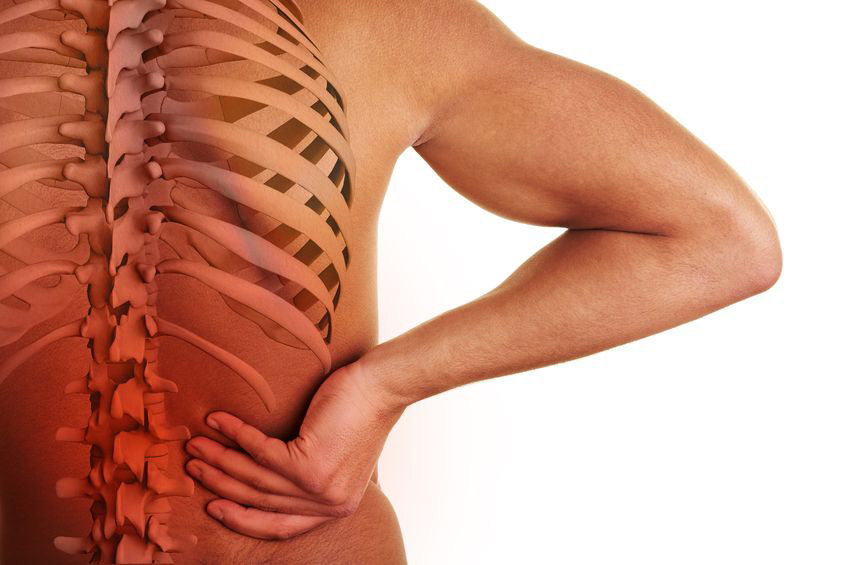
RSD
Rejection sensitive dysphoria (RSD) is when you experience severe emotional pain because of a failure or feeling rejected. This condition is linked to ADHD and experts suspect it happens due to differences in brain structure. Those differences mean your brain can’t regulate rejection-related emotions and behaviors, making them much more intense.
Symptoms
- It’s very easy for them to feel embarrassed or self-conscious.
- They show signs of low self-esteem and trouble believing in themselves.
- They have trouble containing emotions when they feel rejected. This is often noticeable in children and teenagers with this condition. Some may react with sudden shows of anger or rage, while others may burst into tears.
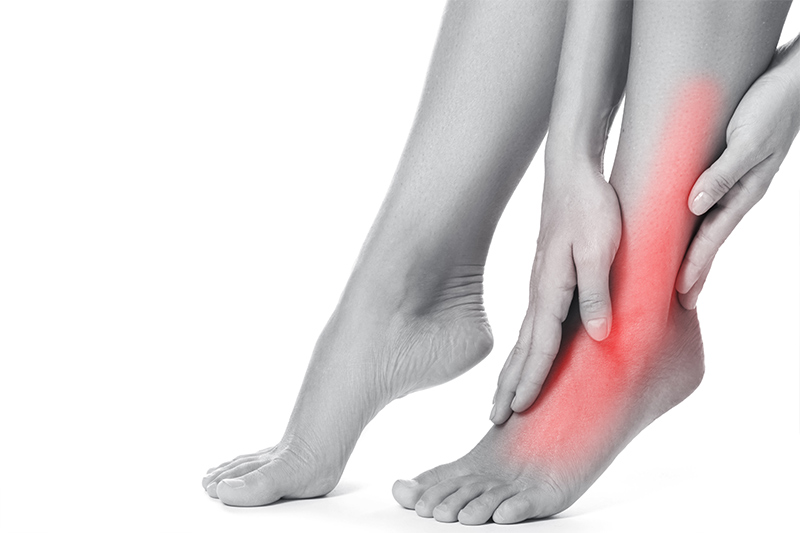
Sciatica
Sciatica refers to pain, weakness, numbness, or tingling in the leg. It is caused by injury to or pressure on the sciatic nerve. Sciatica is a symptom of a medical problem. It is not a medical condition by itself.
Causes
- Slipped or herniated disk
- Spinal stenosis
- Piriformis syndrome (a pain disorder involving the narrow muscle in the buttocks)
- Pelvic injury or fracture
- Tumors
- Spondylolisthesis
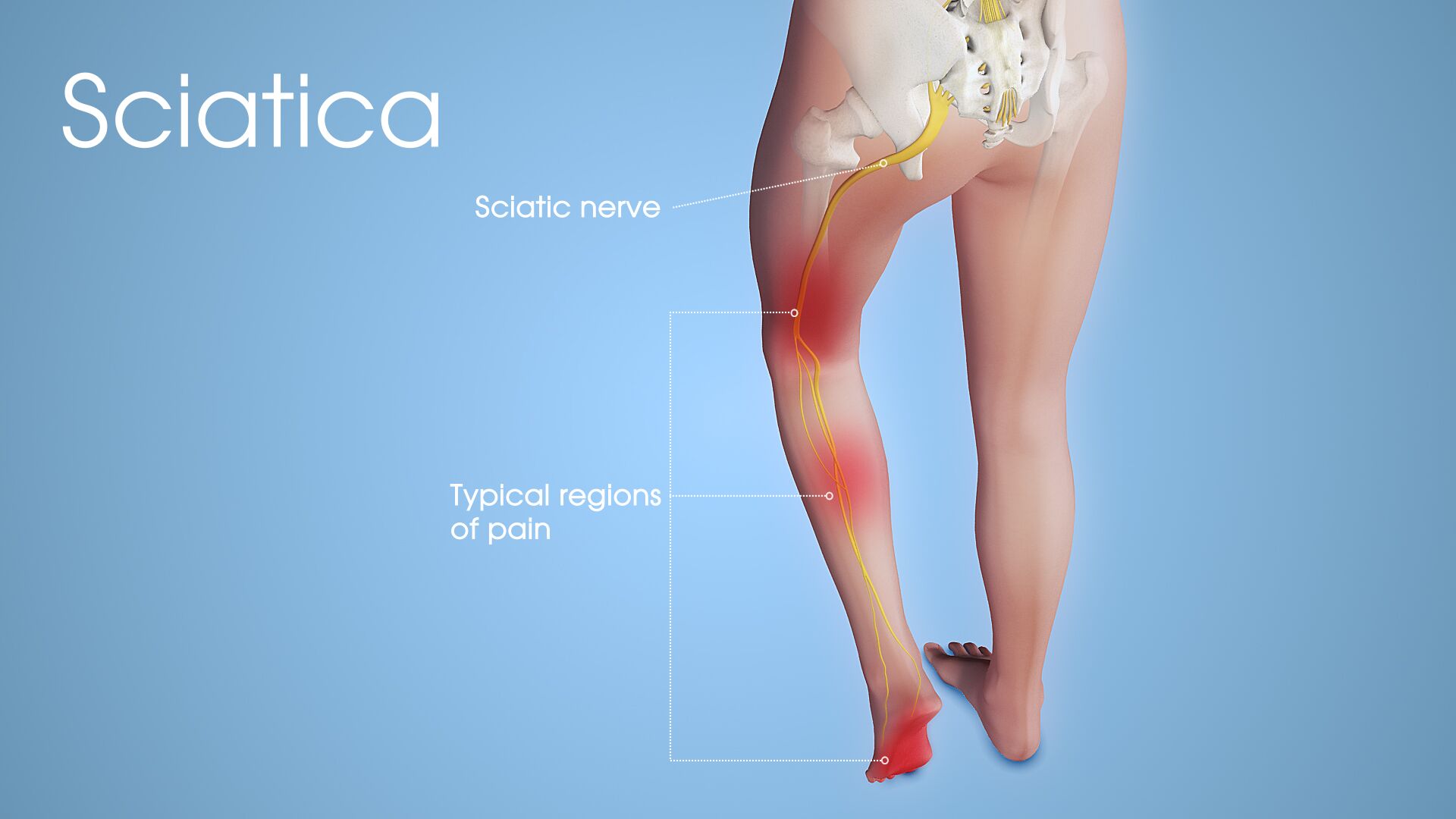
Cancer Pain
Cancer or cancer treatment often causes cancer pain. Cancer pain affects your quality of life. It can make certain cancer symptoms feel worse. It may increase the impact of treatment side effects. Cancer pain management is an essential part of cancer treatment.
What kind of pain could you have if you have cancer?
- Bone pain
- Nerve pain
- Soft tissue pain
- Phantom pain
- Tumors
- Referred pain
